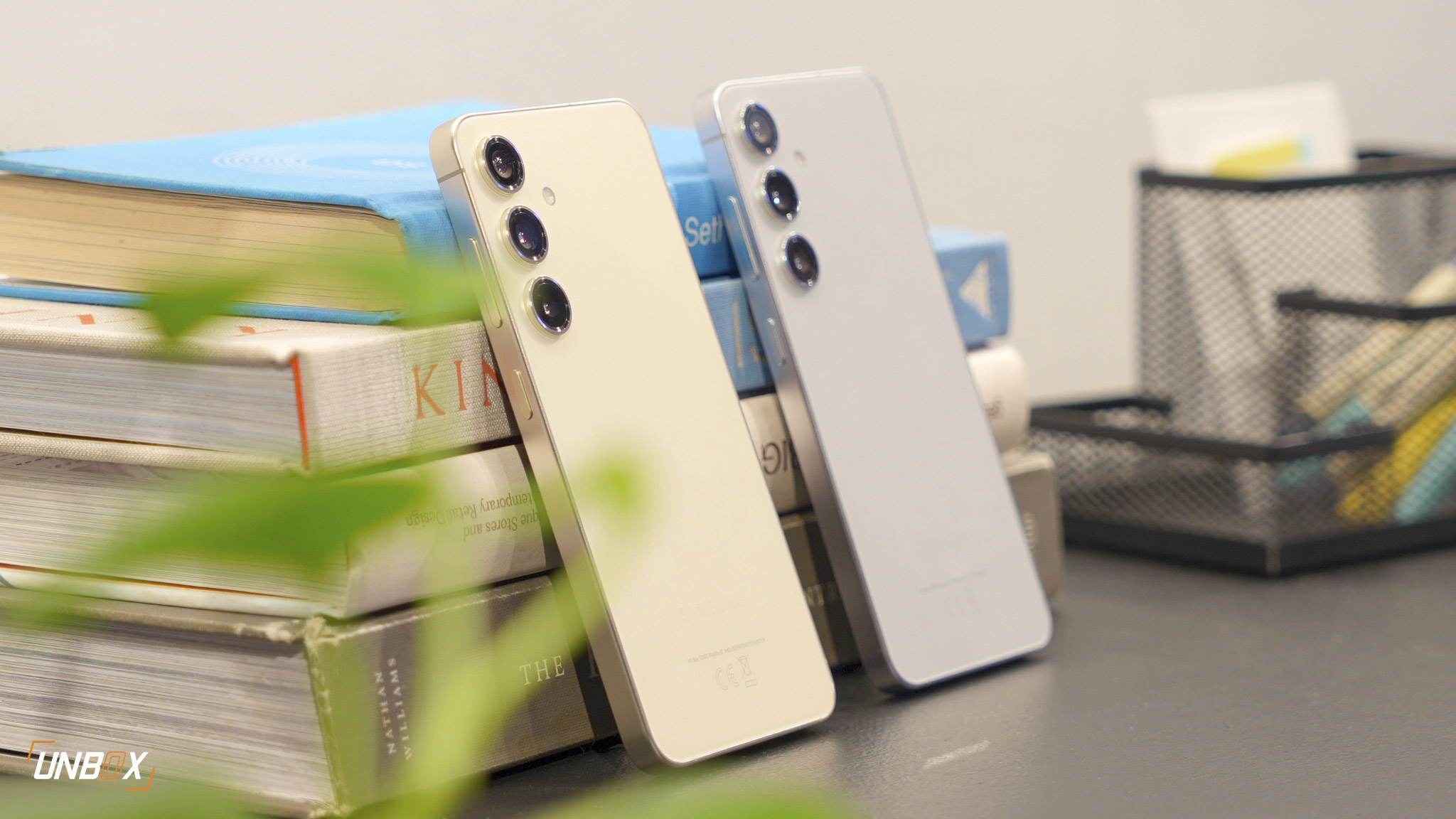 Is this budget phone a winner?
Is this budget phone a winner?
ASUS tried to differentiate their budget ZenFone Live lineup from the pack by giving users access to real-time beautification features during livestreams in Facebook and YouTube. It was a great gimmick, and it’s still one of the major tentpoles of the refreshed ZenFone Live L1.
The new phone delivers the same promise at a lower price point and with more powerful internals. Does the phone still have what it takes to compete in the budget market? Let’s find out:
 What is it?
What is it?
It’s the latest model in the ZenFone Live lineup. Phones belonging in this particular product family is the latest budget phone from ASUS. To distinguish itself from other budget ZenFone models, the ZenFone Live L1’s main selling feature is its real-time beatification for video selfies. Aside from the improved specs from its predecessor, ASUS made the ZenFone Live L1 more affordable compared to the original SRP of the ZenFone Live.
 How does it feel?
How does it feel?
It’s what you expect on a budget phone: You have a matte-finish polycarbonate body that feels solid on the hand. The matte finish makes it resistant to fingerprint smudges and scratches. Aside from the ASUS branding and a sticker below bearing the phone’s serial number and IMEI details, you have a large camera bump on the top left corner housing the 13-megapixel f/2.0 camera. Below the camera module is the LED flash.
 Ports are at the usual spots: the headphone jack is on top, the SIM tray is on the left, the volume and power controls on the right, and the MicroUSB and speaker at the bottom.
Ports are at the usual spots: the headphone jack is on top, the SIM tray is on the left, the volume and power controls on the right, and the MicroUSB and speaker at the bottom.
Up front, you have a 5.5-inch display with an 18:9 aspect ratio. Because of that, the ZenFone Live L1 ditches capacitive buttons in exchange for in-display buttons. In addition, the use of an 18:9 aspect ratio gets you more screen estate while keeping the phone as compact as possible. In this case, the ZenFone Live L1 shares the same size with a 5.2-inch display phone.
 The display only has HD+ resolution, though viewing angles are decent with the ZenFone Live L1. There’s no screen protector pre-installed, though the glass used on the ZenFone Live L1 feels tougher compared to similarly-priced phones.
The display only has HD+ resolution, though viewing angles are decent with the ZenFone Live L1. There’s no screen protector pre-installed, though the glass used on the ZenFone Live L1 feels tougher compared to similarly-priced phones.
 Is the internals fast enough?
Is the internals fast enough?
The ZenFone Live L1 sports your typical budget phone internals: Snapdragon 425, 2GB RAM, and 16GB internal storage. Those specs provide average performance, evident with its 41K score in AnTuTu.
In general, the said configuration is enough for social media, web browsing, emails, and the usual phone tasks. Multi-tasking should not be a problem with the ZenFone Live L1. However, those modest specs mean that it has difficulties in handling games, especially graphics-intensive ones.



One of the strange things with our review unit is that we could not install the regular version of PUBG Mobile. We ended up installing the lite version, and it was the better option: While you sacrifice on graphics, PUBG Mobile Lite performed well with the ZenFone Live L1’s modest hardware, as we were getting an average of 21FPS.
 How’s the rest of the phone?
How’s the rest of the phone?
The ZenFone Live L1 comes with ASUS’ ZenUI and Android Oreo, and we noticed that this version of ZenUI has better optimization compared to last year’s iteration—the same one found on the ZenFone 4 Selfie Lite and ZenFone 4 Max Lite. It’s nice that ASUS listened to its customers and gave them what they wanted. ZenUI on the ZenFone Live L1 didn’t lag and felt fluid while we were using it.
Bloatware is kept to a minimum, giving you more space to use for your media files and apps though internal storage is a little tight. With its 16GB internal storage, you can ideally install three big games and a few apps – external storage via microSD is a must for this phone.
Since there is no fingerprint scanner, the ZenFone Live L1 comes with Face Unlock instead. However, you are better off without it as the ZenFone Live L1’s face unlock feature was very inconsistent in detecting our face.
 Are the cameras any good?
Are the cameras any good?
Don’t underestimate the ZenFone Live L1’s cameras: while they seem modest on paper, they capture decent images. In daylight, shots came out with good color rendition and above average detail retention. Low light photos are expected to dip in quality, though the ZenFone Live L1 manages to deliver good color reproduction in such challenging situations.
As for its real-time beautification feature, the ZenFone Live L1 certainly gets the job done.

However, you’ll have to fiddle around the settings to get the best and most natural-looking beatification filter possible, since auto beautification is not accurate all of the time. Check out this sample video we made below:
In general, the ZenFone Live L1 has decent cameras for its price. As for its real-time beautification, it gets the job done, making the ZenFone Live L1 an ideal buddy for streaming.
 Will it last you through the day?
Will it last you through the day?
The ZenFone Live L1’s battery life is pretty decent: The combination of a Snapdragon 425 processor with a 3000mAh battery and an HD+ display will help you coast through the day without heading to the power outlet. Based on PCMark’s battery test, we got a score of a little over 9 hours, and this mirrors real-time use as well.

It will take quite some time to charge up the ZenFone Live L1 via its MicroUSB port. Based on our tests, it takes around over two hours to juice it up to 100%.
 Should you buy it?
Should you buy it?
Among the entry-level phones ASUS has released in the past few months, the ZenFone Live L1 is one of their better offerings. Aside from the much-improved ZenUI and better internals, ASUS gave the ZenFone Live L1 a more competitive price at a hair below Php 6k. As far as pricing is concerned, ASUS made the right move on making the ZenFone Live L1 more affordable than its predecessor.
However, even with the competitive price, the ZenFone Live L1 will face tough competition from the likes of Huawei (with the Y6 2018) and Xiaomi (with the Redmi 5A). While its real-time beautification is a redeeming factor, we’re not sure if there is a sizable audience who will make use of the feature.
Nonetheless, the ZenFone Live L1 is one of the better budget phones ASUS has offered recently.
ASUS ZenFone Live L1 specs
- Qualcomm Snapdragon 425 processor
- 2GB of RAM
- 5.5-inch HD+ 18:9 IPS display
- 13-megapixel f/2.0 rear camera with PDAF, LED Flash
- 5-megapixel f/2.2 front camera with real-time beautification
- 16GB of expandable storage
- Dual SIM
- 3G, LTE
- WiFi, Bluetooth, GPS, A-GPS, Face unlock
- 3000mAh
- Android 8.1 Oreo with ZenUI



















